Investing
These Viral Strawberries $6 Each, Are They Worth the Hefty Price?
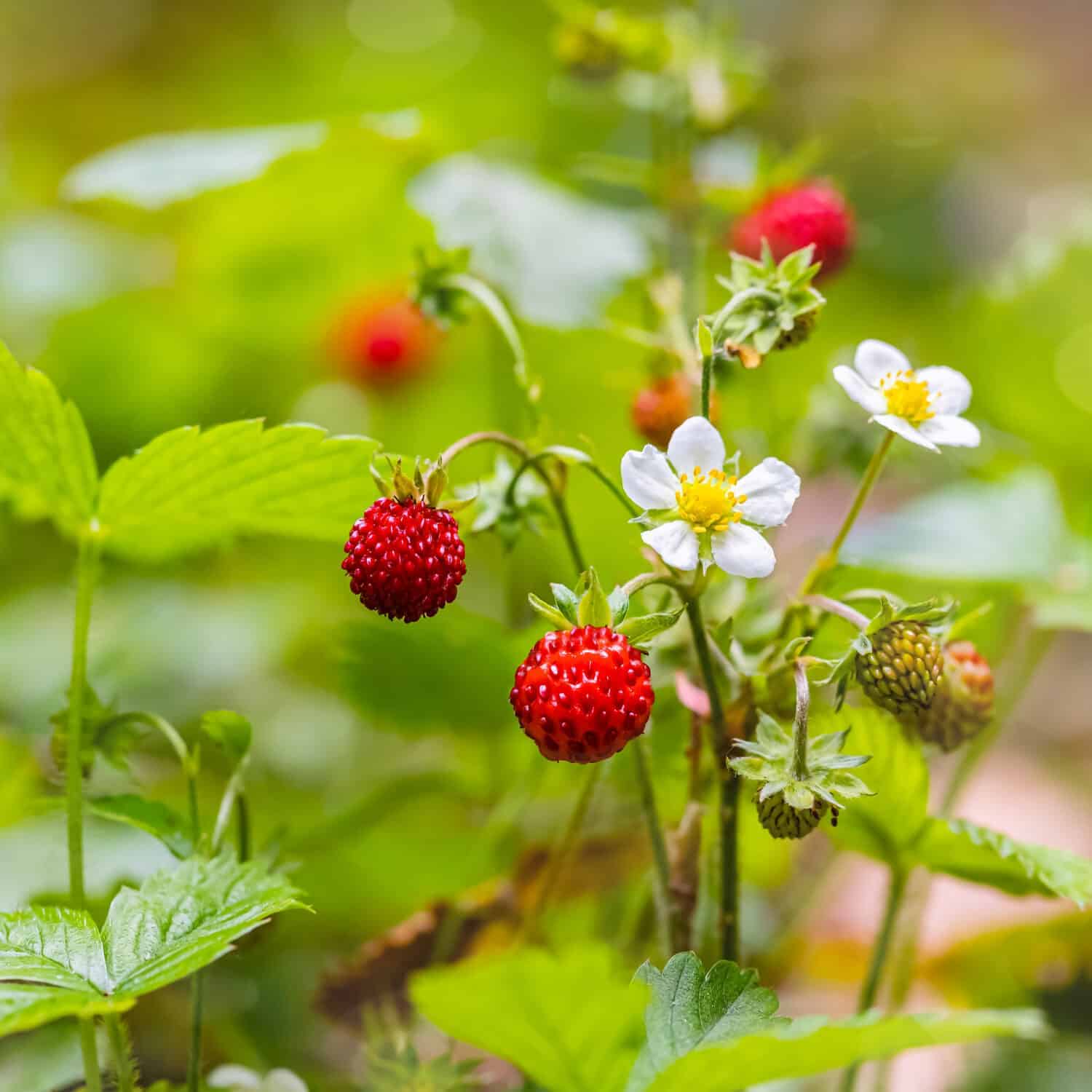
Published:

You may have noticed a certain type of Japanese strawberry making the rounds on social media, one of uniform shape and color. But did you happen to know that these particularly popular Japanese strawberries once cost roughly $6 per berry? Meet the Omakase berry and all that it has to offer.
In this article, we will talk about the Omakase berry and why it is so special. We’ll go over its history, growing process, and why it costs what it costs. Plus, we’ll even give you some tips as to what it tastes like and how you can get a pack of these infamous berries for yourself. Here we go!
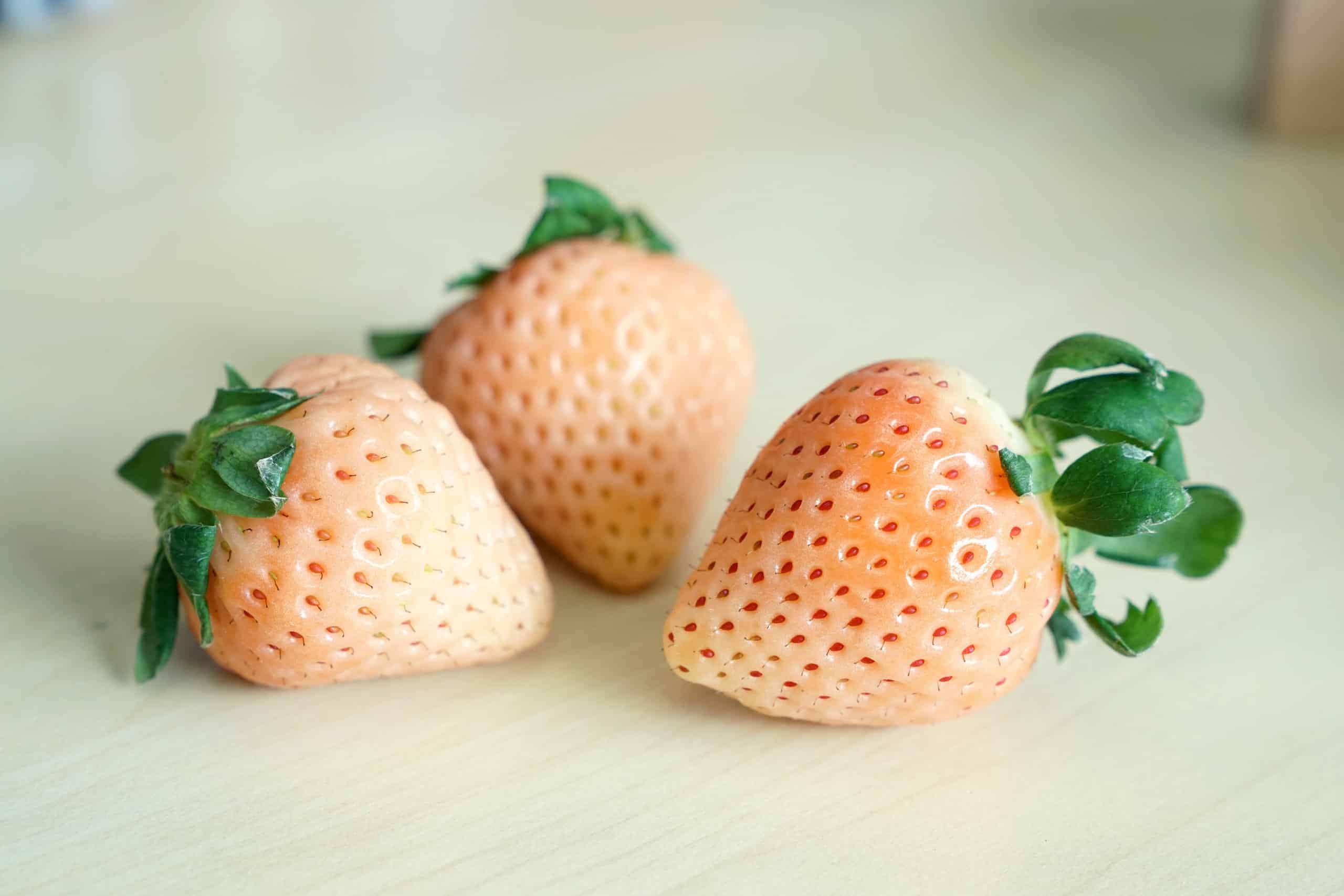
The origin of these trending Japanese strawberries in the United States is recent, though the unknown and not-for-sale Omakase strawberry cultivar has existed in Japan for quite some time. The Omakase berries that went viral are grown by a company based in New Jersey known as Oishii. The CEO of Oishii founded the company and its trademark berries in 2019.

Hiroki Koga grew up in Japan and moved to the United States in 2015. He was disappointed in our produce and fruits in particular; our priorities in the US are very different from produce priorities in Japan. Rather than focus on quantity, Koga decided to focus on quality. He opened his indoor farm in a small warehouse before purchasing a larger facility in 2022.
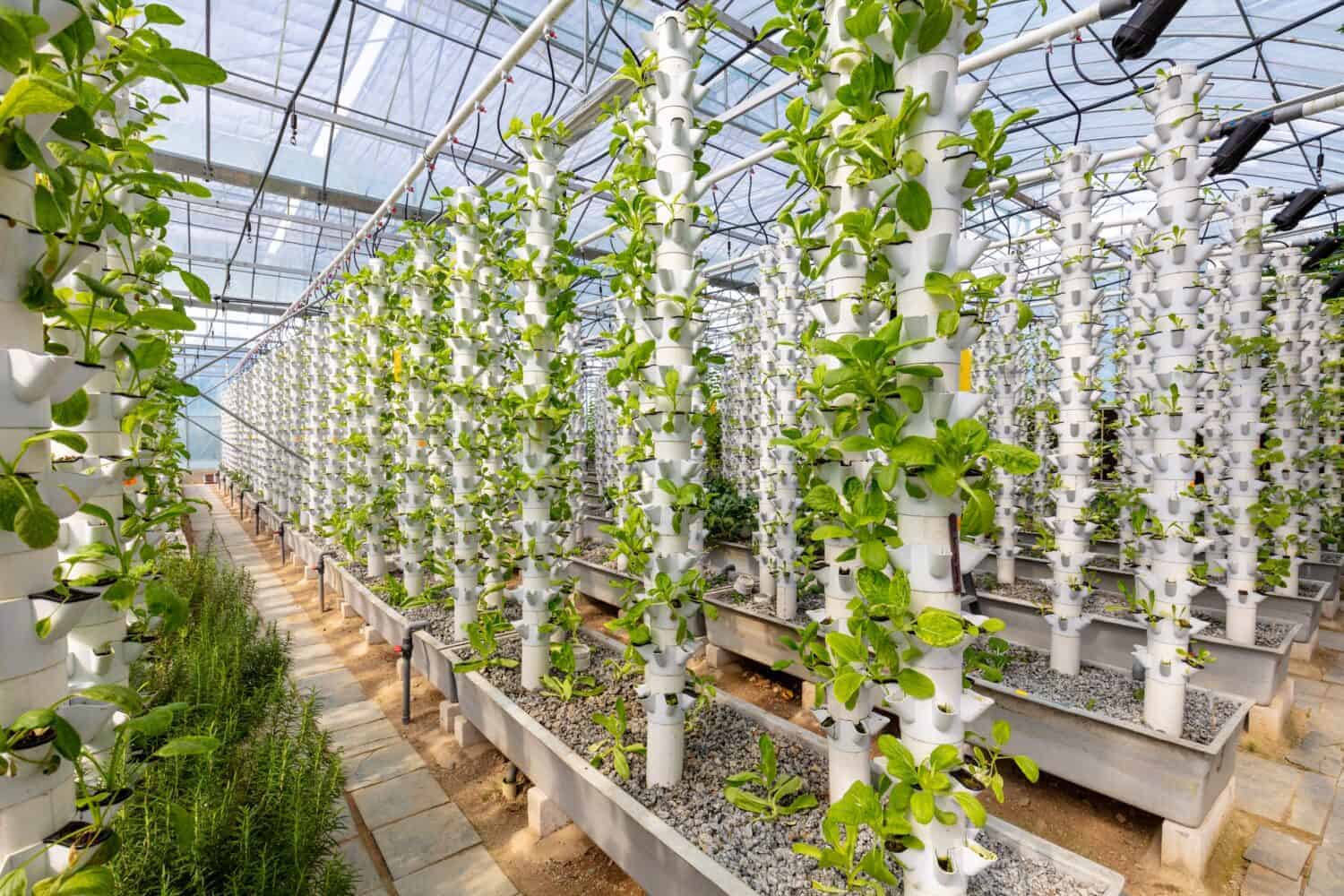
Using vertical gardening and plenty of computer technology to mimic the weather of the Japanese alps, Oishii creates the Omakase berry, a berry of impossible aromas, sweetness, and uniformity. These berries are harvested year-round, inviting the taste and freshness of summer anytime you want. So long as you can afford these unique strawberry cultivars, of course!

While their prices have recently dropped, Omakase berries once cost anywhere from $5-$7 per berry. There are varying sizes and prices depending on how many berries you want. You can get a box of 3, 6, 8, or 11 berries, now for only $6-$20 per box. That’s a steal with the average box of 8 berries once cost $50 in prior years.
But this still doesn’t exactly explain why these Japanese berries cost so much.

Besides their viral hype, there are a number of reasons why Omakase berries are so expensive. The opening of a much larger indoor gardening facility offset costs and brings the overall price down of these berries to $20 per package. The primary reason they cost so much is because of the technology in use to keep these berry plants thriving.
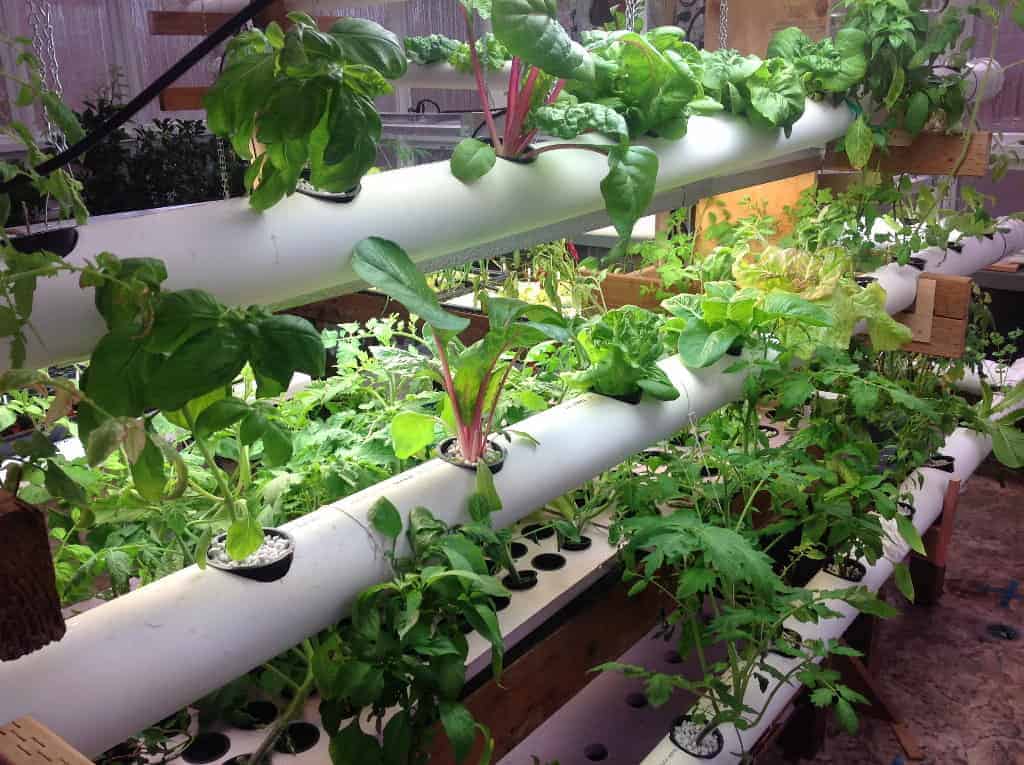
According to an interview from The New Yorker, Omakase berries are grown in a sterilized warehouse environment, grown vertically, and under careful supervision. Not only are there plenty of staff members tending to these berries day in and day out, but there are also countless computer monitoring processes happening in the background.
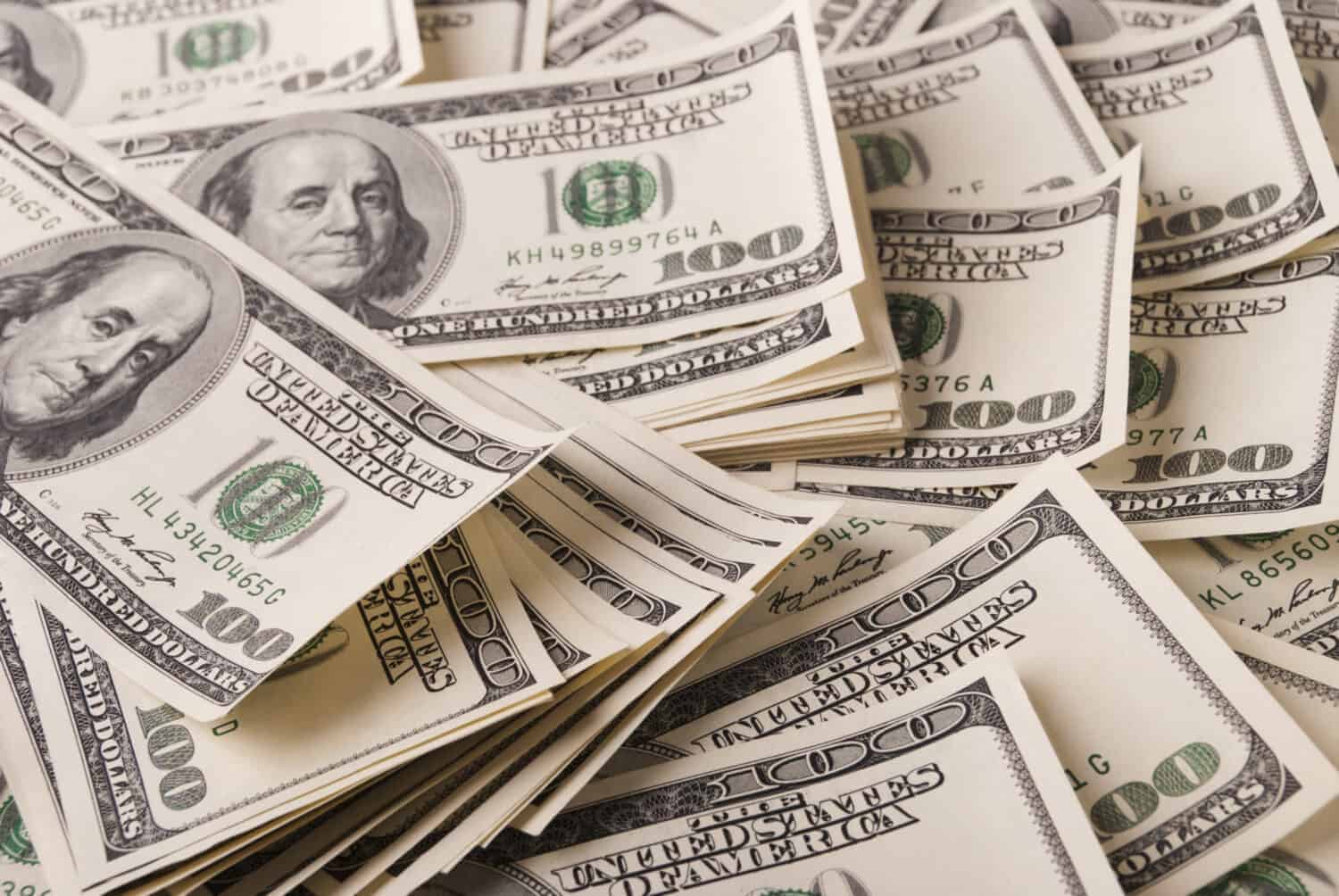
The primary way these berries grow is through a complicated computer mimicking process. This greenhouse is designed to replicate the Japanese alps that the strawberries were originally picked from, a location that the CEO of Oishii is remiss to mention. Humidity, light, temperature, and so much more is looked after and carefully controlled. However, there is still one process that remains natural and manual: they still use bees to pollinate their strawberry plants!
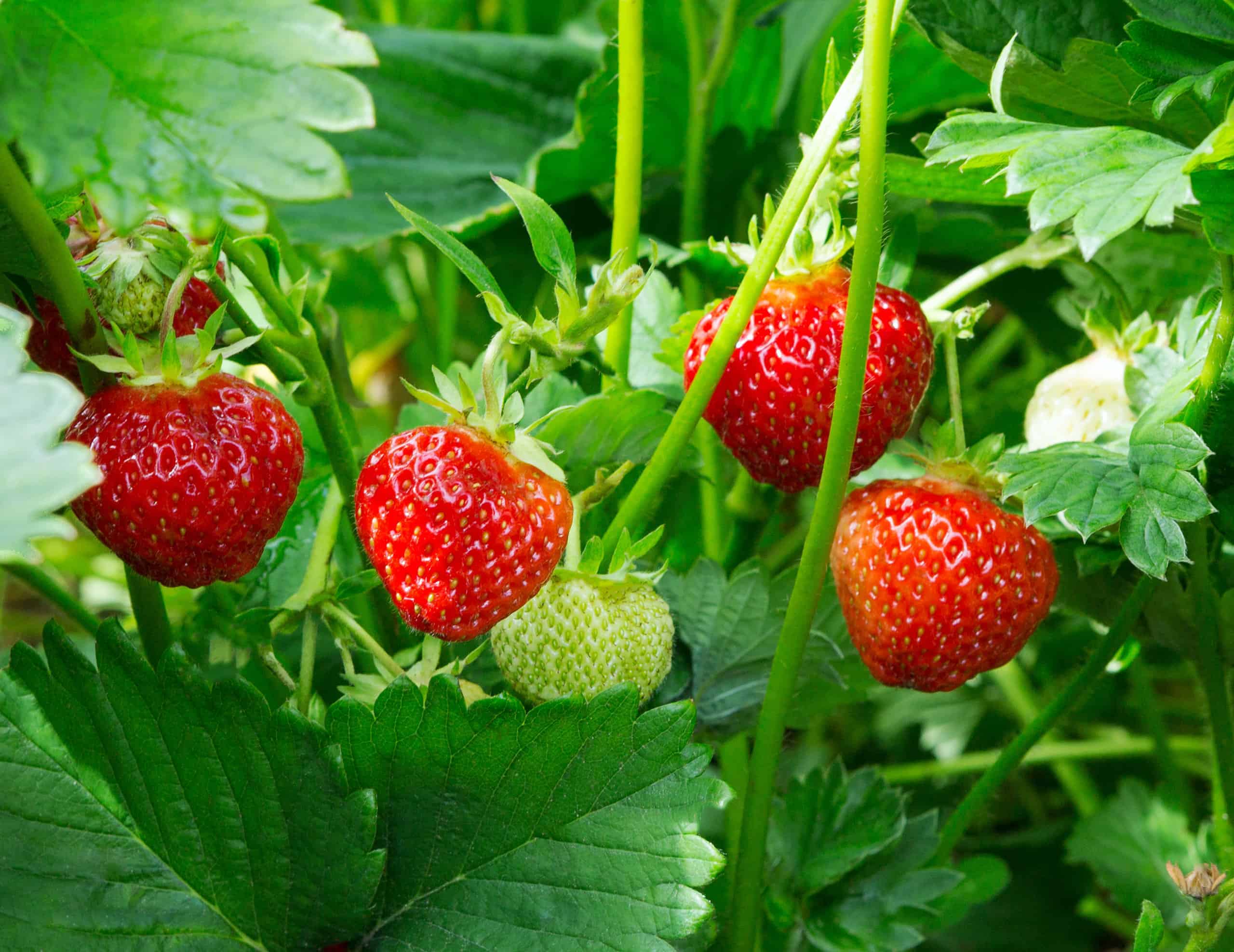
According to those lucky enough to have eaten some, Omakase berries taste unlike any other berries out there. One of the main selling features and tips that comes included when you purchase a pack of these strawberries is the fact that you should allow their aroma to activate and spread throughout your home.
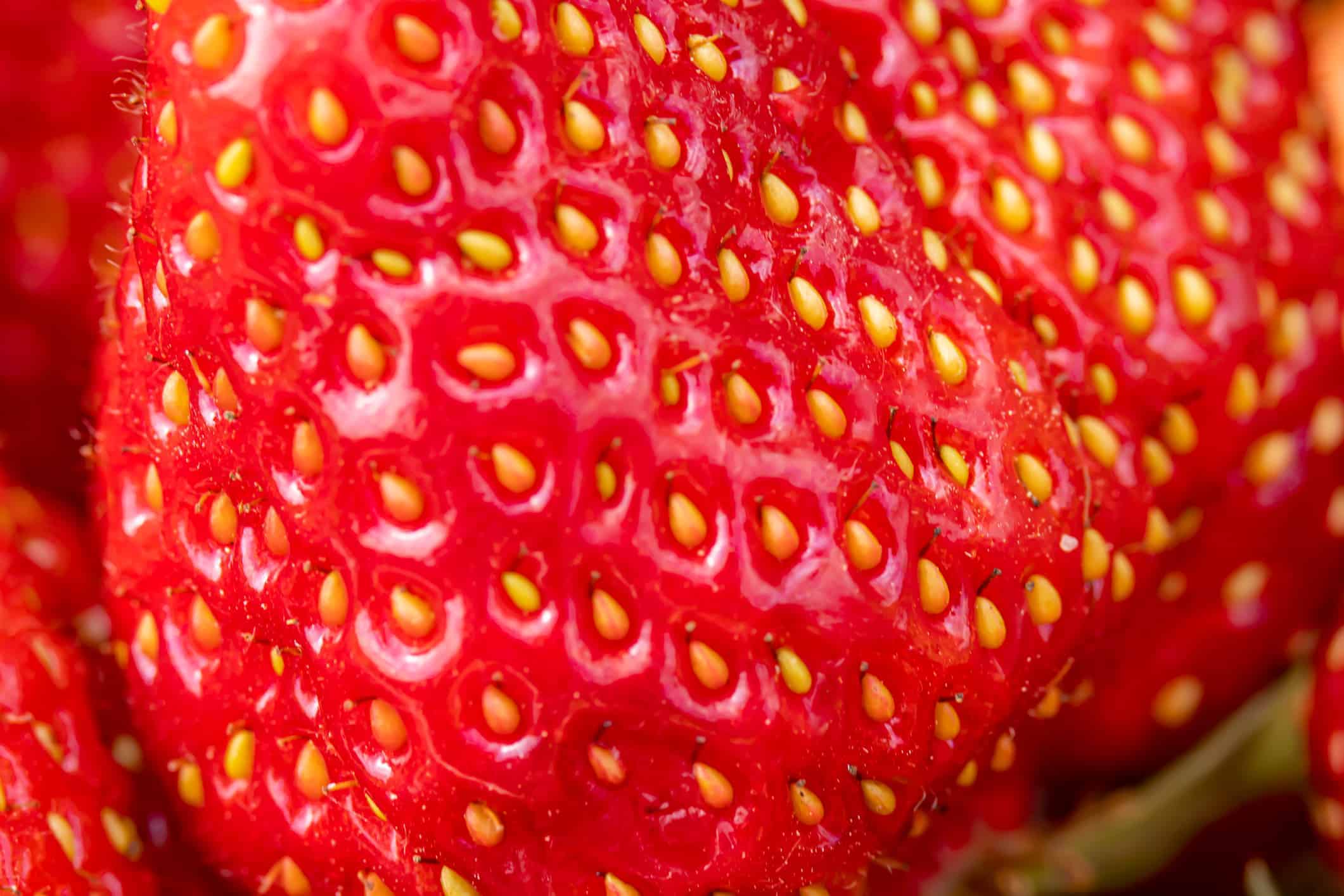
All of these berries have a uniform shape and a gorgeous orange-red color, but their aroma is where they are truly special. You can smell strawberries the moment you open the package, and the taste is even sweeter and richer than you’d expect. In fact, according to the CEO of Oishii, these are not berries that you should consume all at once. They are designed to be luxurious and savory, which is likely why they are only sold in packs of 11 or fewer!
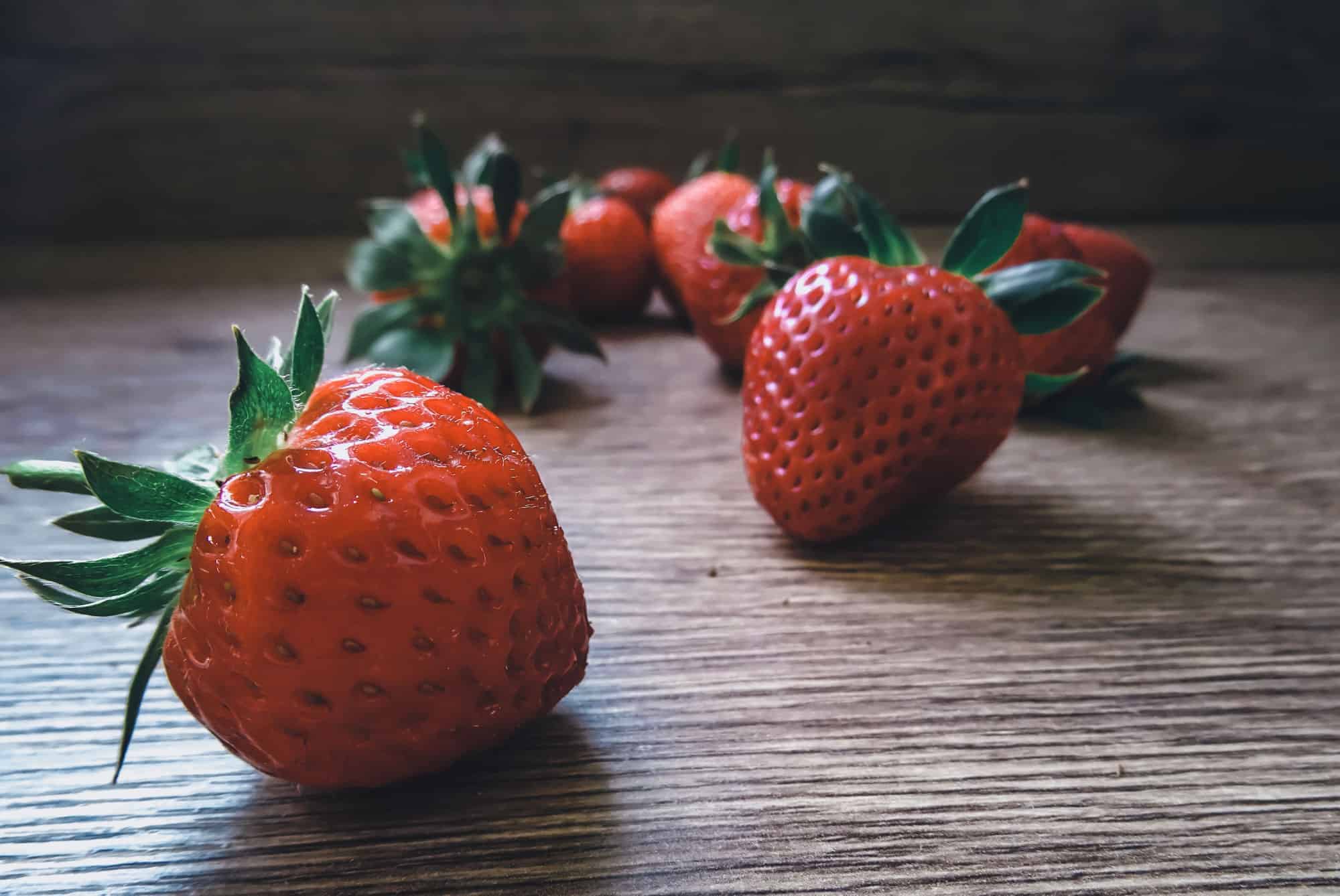
Unfortunately, you can only find these Japanese strawberries in New York City, New Jersey, or Los Angeles. The delicate nature and ephemeral growing process behind the flavor of these berries mean that they do not ship them and they have no way of transporting them anywhere else in the United States or abroad.

However, if you live in New York City or New Jersey, you will find Omakase berries in the local Whole Foods, or you can order online directly from Oishii. Keep in mind that they sell out quickly, both in person and online, so be ready to purchase them if they happen to be in stock! Given the large warehouse space the strawberries grow in, hopefully they will continue to lower in price!
Are you ready for retirement? Planning for retirement can be overwhelming, that’s why it could be a good idea to speak to a fiduciary financial advisor about your goals today.
Start by taking this retirement quiz right here from SmartAsset that will match you with up to 3 financial advisors that serve your area and beyond in 5 minutes. Smart Asset is now matching over 50,000 people a month.
Click here now to get started.
Thank you for reading! Have some feedback for us?
Contact the 24/7 Wall St. editorial team.